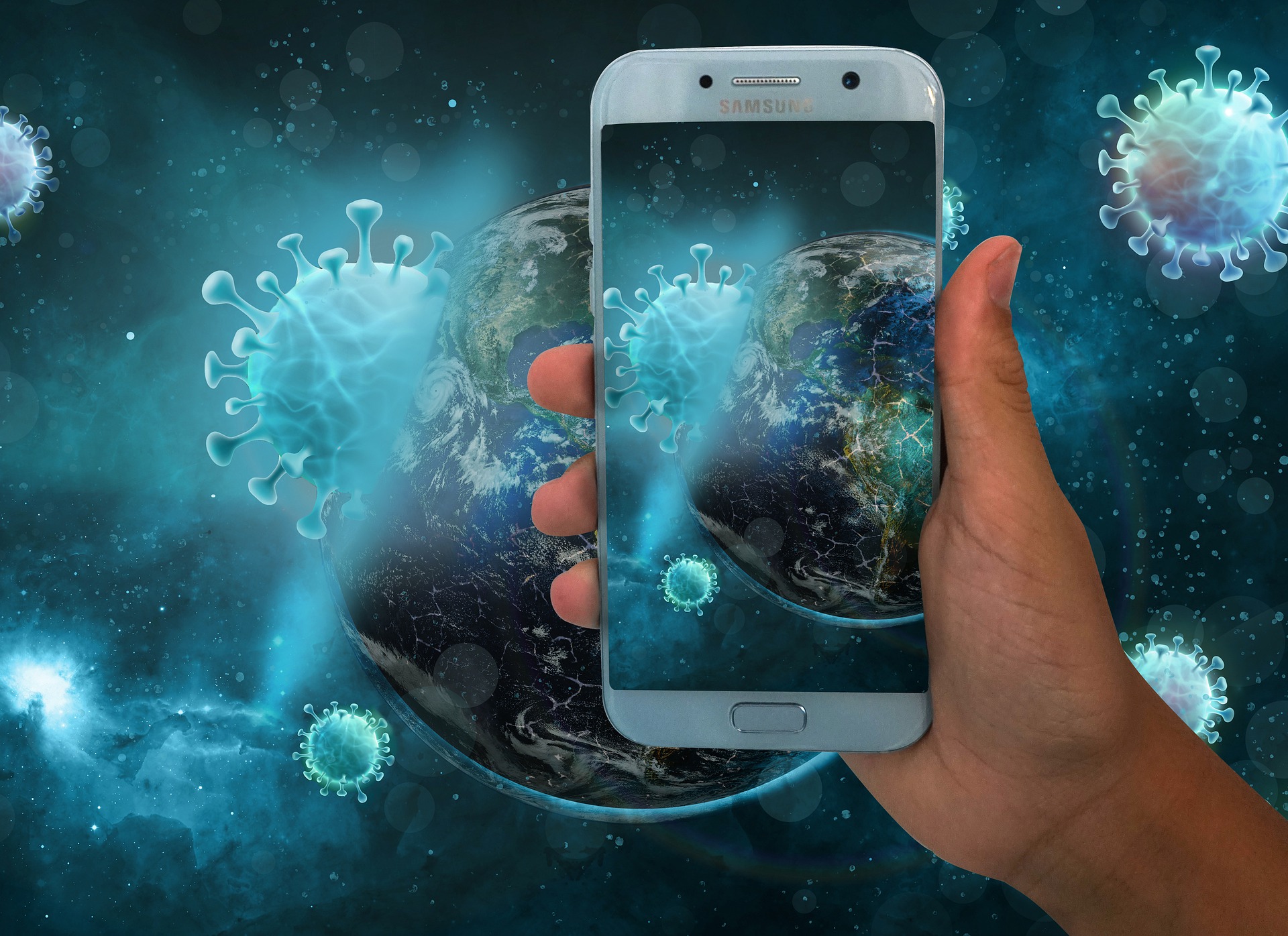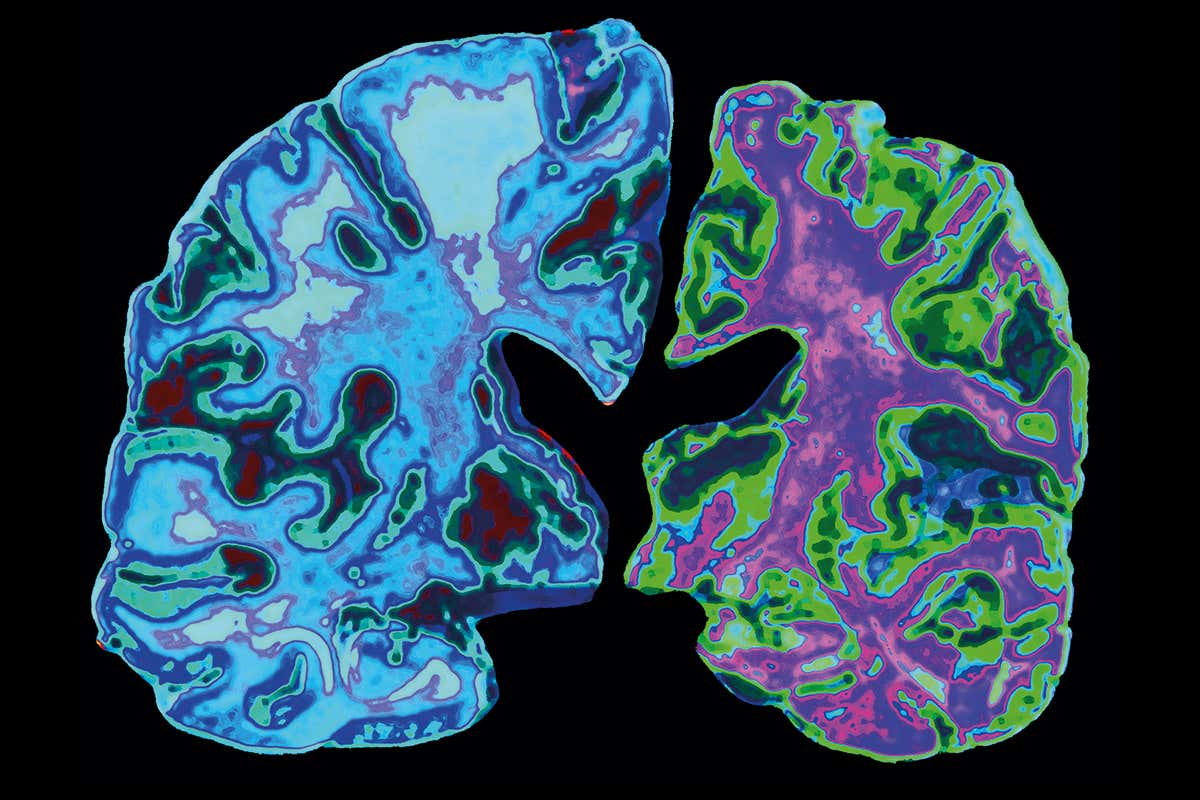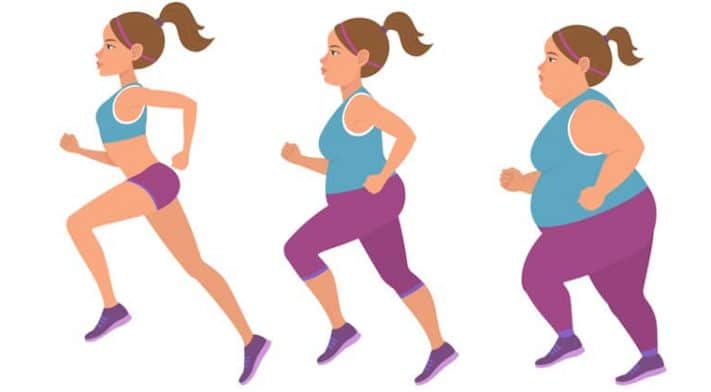Your phone can detect a possible coronavirus infection thanks to a very small device! By placing a sample of saliva on the device, in exactly five minutes you can know if you are infected. The researchers are currently developing a workable technique for the idea. If it works Covid-19 screening using smartphones will become a reality.
Xavier Banquy, a professor in UdeM’s Faculty of Pharmacy says people will only need to place a saliva sample on the attached device to their phones and in minutes will acquire results. His team is currently developing the idea.
The device has proven capable to be used for Covid-19 screening using smartphones in the laboratory but in a natural setting, results are yet to be seen after testing. This device will eliminate the long wait time for earlier Covid-19 tests and will also loosen the burden on public health resources by finding asymptomatic carriers beforehand.
Banquy asks to consider the example of a staff member at a hospital. If the staff member tests positive, they could save the lives of so many people by staying at home and not spreading the virus just because they do not know they have it. Hospitals are already a high-risk environment and this device would prove beneficial to cut risks.
Banquy’s team works with Plasmetrix, a Montreal-based company specializing in biomedical detection to develop a prototype. The sample device so far is tiny, the size is just five square centimeters. It can fit in your hand.
In technical terms, its a mini instrument that uses a technique of imaging to detect coronavirus load in saliva samples. The device’s camera can see 100,000 and one million particles in a sample from someone who has a virus. This can help make Covid-19 screening using smartphones effective.
Banquy says their techniques to find the virus and diagnose it is free from chemical manipulation and extraction techniques. Banquy and graduate students Jordan Robert and Pierre Luc Latreille together developed the method.
A cotton swap is placed into the nose and pharynx of the candidate to extract saliva that has the antibody and the virus. Just like it happens in medical clinics, the sample is inserted in a saline solution test tube.
Also read: Antibody Tests Can No Longer Predict the Coronavirus
Medical clinics would send the test tube over to a lab at this stage but instead, the user only has to leave a drop of the mixture into the device. Within five minutes they will receive their results on their phone.
Banquy says based on his test results he or she can either stay home and skip work or continue to work.
The mechanism uses Nanotechnology. This includes miniature gold sticks that can change color depending on the stimulus in the environment. The device can accurately photograph the color change that nanosticks produce when sample saliva is added.
Specialists can further carry out an analysis upon receiving results to determine accurately how much the person is infected. The use of a video imaging system they can speculate the growth or evolution of the infection.
Banquy says less than a dozen laboratories worldwide use such an approach.
His team awaits funding for the project for which they have sent two requests. Banquy says no matter what the answer, soon enough his system will find someone who is interested.
He says the detection method is extremely portable and is useful not only for finding viruses but also bacteria. This offers hope that this method can be effectively used to carry out different kinds of tests. Though it’s a start, it is a small opening to promising possibilities.


